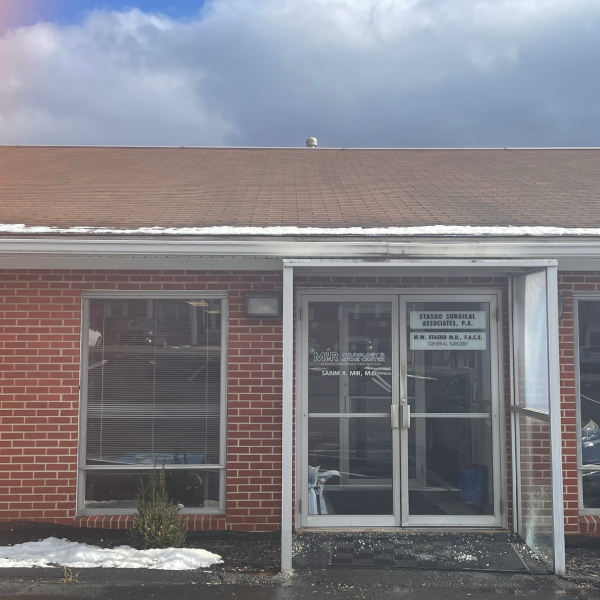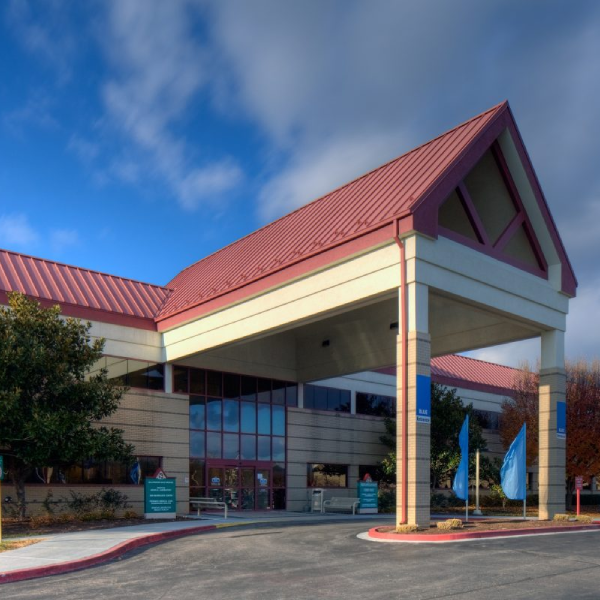Advanced Neurology, Personalized Care
HEMIFACIAL SPASM
Hemifacial Spasm Diagnosis & Treatment at Mir Neurology
What is a Hemifacial Spasm?
Hemifacial spasm is a rare neurological condition that causes involuntary twitching or contractions of the muscles on one side of the face. This condition typically affects the muscles around the eye, mouth, and cheek, but it can spread to other areas of the face over time. While the spasms are generally not painful, they can be distressing and significantly impact a person's quality of life.
At Mir Neurology, we specialize in diagnosing and treating hemifacial spasms, helping patients manage their symptoms, and improving their facial function and appearance.
Symptoms of Hemifacial Spasm
The symptoms of hemifacial spasm typically begin as mild twitches or contractions and may gradually worsen over time. Common symptoms include:
Involuntary twitching or spasms on one side of the face, often around the eye or mouth.
Blinking or twitching of the eyelid (often the first noticeable symptom).
Facial muscle tightness or stiffness.
Uncontrollable facial movements that may spread to other areas of the face.
Tiredness or discomfort from repetitive muscle contractions.
Social embarrassment or self-consciousness due to visible facial movements.


Causes of Hemifacial Spasm
Initially, the spasms may occur intermittently and may be mild, but as the condition progresses, they can become more frequent, intense, and persistent. In severe cases, the spasms can cause functional difficulties, such as problems with vision due to excessive blinking or difficulty speaking if the mouth or lips are affected.
Causes of Hemifacial Spasm
Hemifacial spasm is often caused by vascular compression, which occurs when a blood vessel presses on the facial nerve (the nerve that controls facial muscles). This compression can lead to abnormal electrical signals being sent to the facial muscles, causing them to contract involuntarily. Other potential causes include:
1. Vascular Compression
In most cases, hemifacial spasm is caused by a blood vessel, usually an artery, compressing the facial nerve at the point where it exits the brainstem.
2. Nerve Injury or Damage
Facial nerve injury, such as that resulting from trauma, surgery, or other medical conditions, can lead to hemifacial spasms.


3. Benign Tumors
In rare cases, a tumor or cyst may put pressure on the facial nerve, causing hemifacial spasms.
4. Multiple Sclerosis (MS)
MS can affect the central nervous system and lead to the development of hemifacial spasms in some patients, particularly if there is demyelination (damage to the nerve’s protective covering).
5. Idiopathic Hemifacial Spasm
In some cases, the cause of hemifacial spasm is unknown. This is called idiopathic hemifacial spasm.
Diagnosis of Hemifacial Spasm
To diagnose hemifacial spasm, your doctor will begin with a thorough medical history and a neurological exam to assess your symptoms and facial muscle function. The following diagnostic tests may also be recommended:
Electromyography (EMG)-EMG is used to measure the electrical activity in your muscles and can help determine whether there is abnormal nerve activity causing the spasms.
Magnetic Resonance Imaging (MRI)-An MRI may be conducted to rule out structural causes such as tumors or vascular abnormalities. It can also help identify any compression of the facial nerve by blood vessels.
CT Scan-A CT scan may be used in some cases to evaluate the structure of the head and neck, looking for signs of nerve compression.
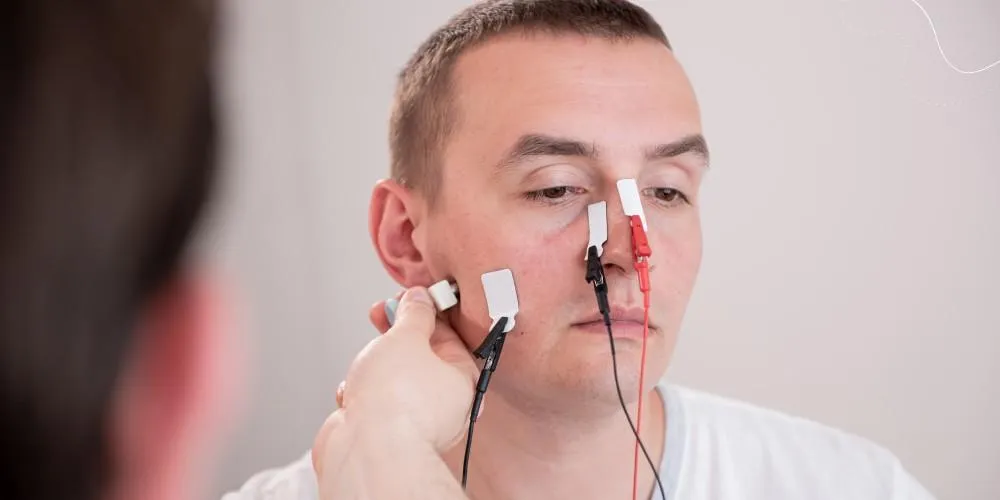
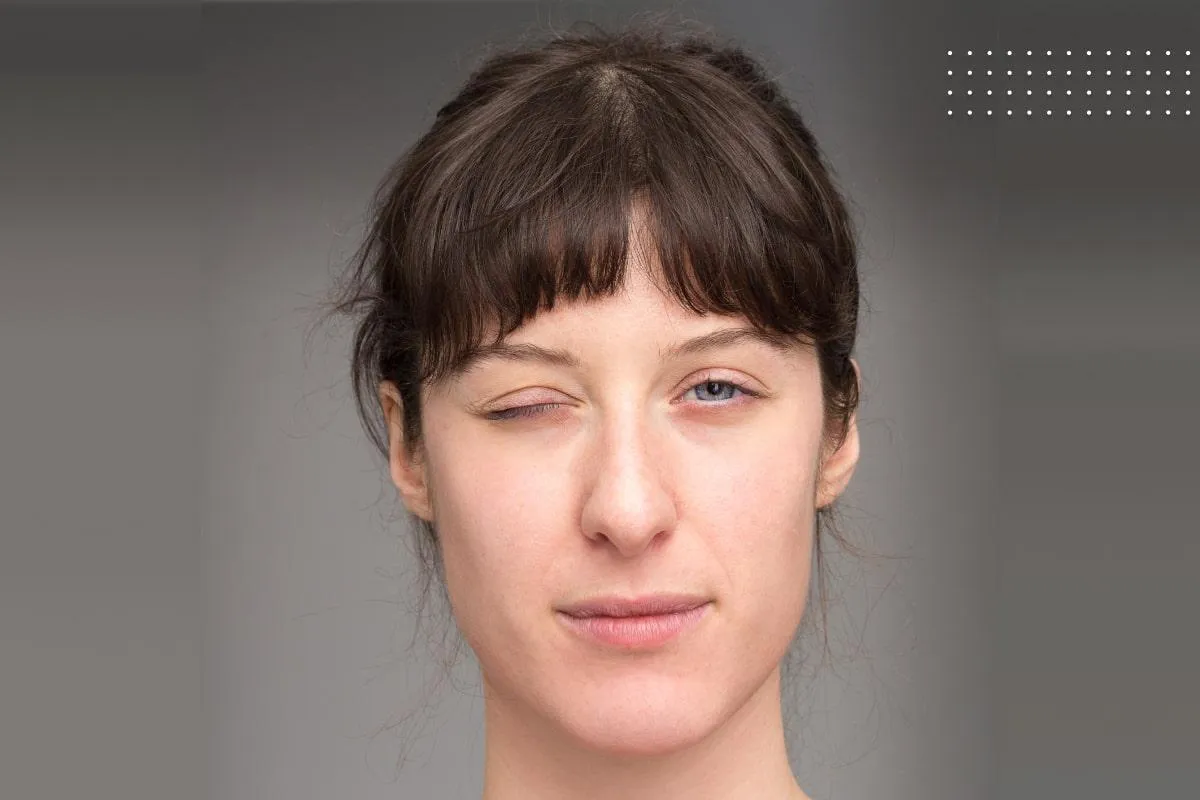
Treatment for Hemifacial Spasm
Treatment for hemifacial spasms is aimed at reducing symptoms and improving quality of life. The best treatment options depend on the underlying cause of the spasms and the severity of the condition.
1. Botulinum Toxin Injections (Botox)
Botox injections are one of the most effective treatments for hemifacial spasm. Botox works by temporarily paralyzing the muscles, reducing or eliminating the involuntary spasms. This is considered the first-line treatment for most patients and can provide relief for several months.
2. Medications
In some cases, oral medications such as anticonvulsants (e.g., carbamazepine) or muscle relaxants (e.g., baclofen) may be prescribed to help control the spasms.
3. Surgery
If conservative treatments do not provide relief, microvascular decompression surgery may be considered. This surgery involves relieving pressure on the facial nerve by repositioning blood vessels or removing any compressing structures.
4. Physical Therapy
Facial exercises or biofeedback techniques may help some patients manage their symptoms and improve facial muscle control.
5. Supportive Care
Psychological support or counseling may be helpful for patients who experience significant emotional distress due to the social or psychological impact of hemifacial spasms.


Living with Hemifacial Spasm
While hemifacial spasms can be frustrating and distressing, many patients find significant relief through appropriate treatment. Botox injections are effective for the majority of patients, allowing them to continue daily activities without disruption. Supportive care and lifestyle adjustments can also help manage the emotional and social impact of the condition.
At Mir Neurology, we understand the impact hemifacial spasms can have on your life. Our experienced team is here to provide the care, support, and treatment options you need to manage your condition effectively.
Preventing Dementia
Although some risk factors like aging and genetics cannot be changed, lifestyle modifications can reduce the risk:
Maintain a healthy diet and stay physically active.
Keep the brain engaged through reading, puzzles, and learning new skills.
Manage conditions like diabetes, high blood pressure, and cholesterol.
Stay socially connected and manage stress and depression effectively.
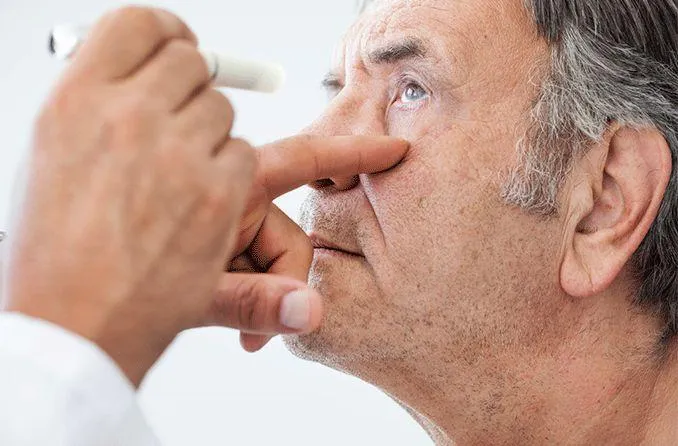
Get Expert Help

If you or a loved one is experiencing memory loss or cognitive decline, early diagnosis is key to effective management. Consult with our neurology specialists for personalized assessment and care plans.
Our Locations
To learn more about our experience or discuss your treatment options, please call us at (301) 797-7600 or schedule a consultation today!
Get our wellness newsletter
Filter out the noise and nurture your inbox with health and wellness advice that’s inclusive and rooted in medical expertise.
Useful Links
Contact Us
Complaint and Queries
(301) 517-7636
About | Careers
© Copyright 2025. Mir Neurology. All Rights Reserved.
A Part of Highland Healthy Living. Powered By CareSyncMarketing

